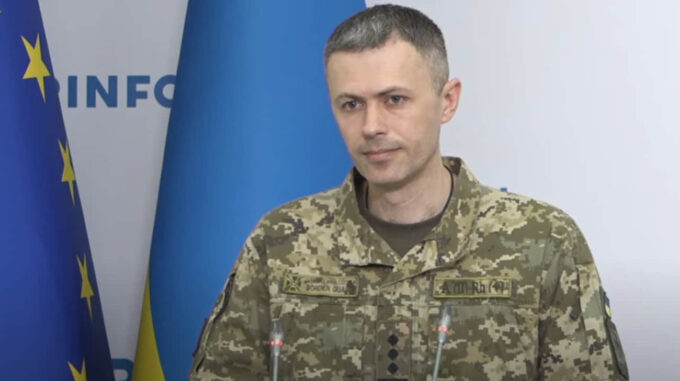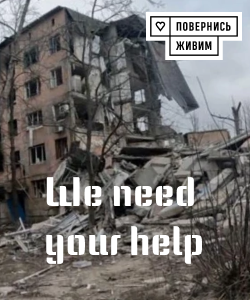Changing the Structure of the State Border Guard Service of Ukraine: Why a Transition to a Corps-Based Format Is Not Planned

In the context of reforms within Ukrainian security forces and the modernization of the army, much discussion revolves around the possibility of transitioning to a corps structure, which implies a more centralized and hierarchical approach to managing military units. However, such a innovation is currently not envisaged for the State Border Guard Service of Ukraine (SBGS), and the reason lies in the specific functions of this specialized agency and the relevant legislative regulation. Regarding this issue, journalists addressed the official representative of the SBGS — Colonel Andriy Demchenko, who during a briefing on April 30 explained the situation in detail. According to him, the transition to a corps system is mainly relevant for the Armed Forces of Ukraine and the National Guard, while in the border guard service this option is not being considered. "The transition to a corps format concerns units of the Armed Forces and the National Guard. In contrast, in the State Border Guard Service, formations in a corps structure are not provided for, since we are a law enforcement agency of special purpose," he noted. This position is based on current legislation that regulates the structure and functions of border guards, and no changes in this sphere are planned at this time. At the same time, Demchenko emphasized that border guards will continue to perform their tasks within their competence under the leadership of military command and as part of the country's defense forces during ongoing efforts against external threats. "We remain law enforcement officers and carry out our functions in accordance with the law," he added. Against this backdrop, a question arises: is the creation of corps structures within Ukraine's border agencies planned in the future? Currently, the state is actively reforming and optimizing military units as part of a broad-scale military modernization. In early February, the Commander-in-Chief of the Armed Forces of Ukraine, General Oleksandr Syrskyi, announced intentions to adopt a corps-based structure for the army to improve its combat effectiveness and mobility. By the end of February, Supreme Commander-in-Chief Volodymyr Zelensky approved the composition of army corps and appointed commanders for the new units, stating that these changes were expected to happen within a month. In April, the National Guard of Ukraine announced the formation of two new corps: the 12th Special Purpose Brigade “Azov” under the command of Colonel Denys Prokopenko (known military nickname Reddys), and the 13th Operational Purpose Brigade "Harta" led by Colonel Ihor Obolensky (Kornet). Additionally, a new main military management body — the 8th Air Assault Forces Corps — has been operational within the Ukrainian Armed Forces, indicating an active process of reforming and optimizing military structures as part of the overall national defense policy. Thus, within the broader context of reforms in Ukraine’s security and defense sector, transitioning to a corps format is not relevant for the border guard service due to its specific mission and legislative limitations. Other elements of Ukrainian security forces — the Armed Forces and the National Guard — are actively moving in this direction to enhance combat readiness and operational flexibility. However, the border guard service will remain within its traditional structural model, performing its vital function of border control as a law enforcement entity, without transitioning to a corps system for now. This decision aims to preserve an effective organizational model that corresponds to the specific tasks of border guards, and to ensure legislative stability in this sphere while avoiding unnecessary changes to already established structures.

